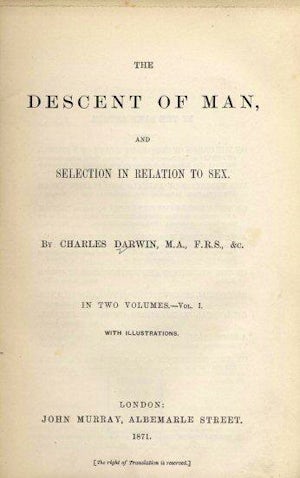April 1, 1933. The Legislative Assembly of British Columbia passes "An Act respecting Sexual Sterilization". The written aim of the legislation is the sterilization of individuals living in designated state institutions deemed to have undesirable traits. The legislation outlines candidates for sterilization, the institutions that can perform sterilizations, and the procedures for carrying out sterilizations.
The legislation outlines that only those individuals who are "patients or in custody" of an institution defined by either the "Mental Hospitals Act", "Industrial Home for the Girls" or the "Industrial School Act" could be affected by the Act, i.e. be sterilized. These individuals are classified as "inmates" (Sexual Sterilization Act, Sec.2)
Further specificity is given for how sterilizations could be approved. If an inmate of a designated institution was up for release, the superintendent could review their case. If the superintendent believed that the individual's release, for "reasons of inheritance", would result in the individual having a child with a "serious mental disease or mental deficiency", then the superintendent could write a recommendation to a "Board of Eugenics". This Board, which consisted of judge, psychiatrist, and a social worker (appointed by the Lieutenant-Governor of the province), would then review the case. If, after examination, the Board concurred with the superintendent's evaluation, then sterilization could take place (Sexual Sterilization Act, Sec.4-6). A doctor or physician could be appointed by the Board or, if possible, selected by the family for the procedure (Sexual Sterilization Act, Sec.7-8).
Consent was required according to the legislation. If the Board of Eugenics decided a sterilization was required, then consent either from the patient or a spouse, guardian or family member had to be secured. The legislation further outlines that only the Board of Eugenics could only be financial compensated for the expenses related to the sterilization (Sexual Sterilization Act, Sec.7-8).
-Luke Kersten
Province of British Columbia. (1933). An Act Respecting Sexual Sterilization. Statutes of the Province of British Columbia.
 1869:
Galton publishes Hereditary Genius
1869:
Galton publishes Hereditary Genius
 1871:
Charles Darwin publishes The Descent of Man
1871:
Charles Darwin publishes The Descent of Man